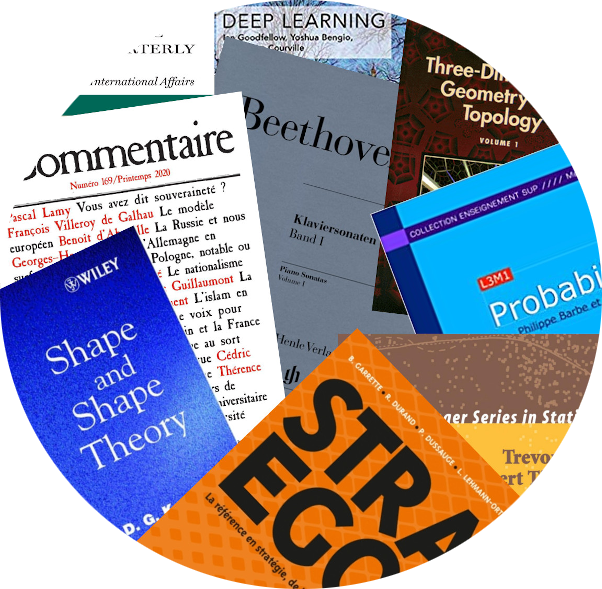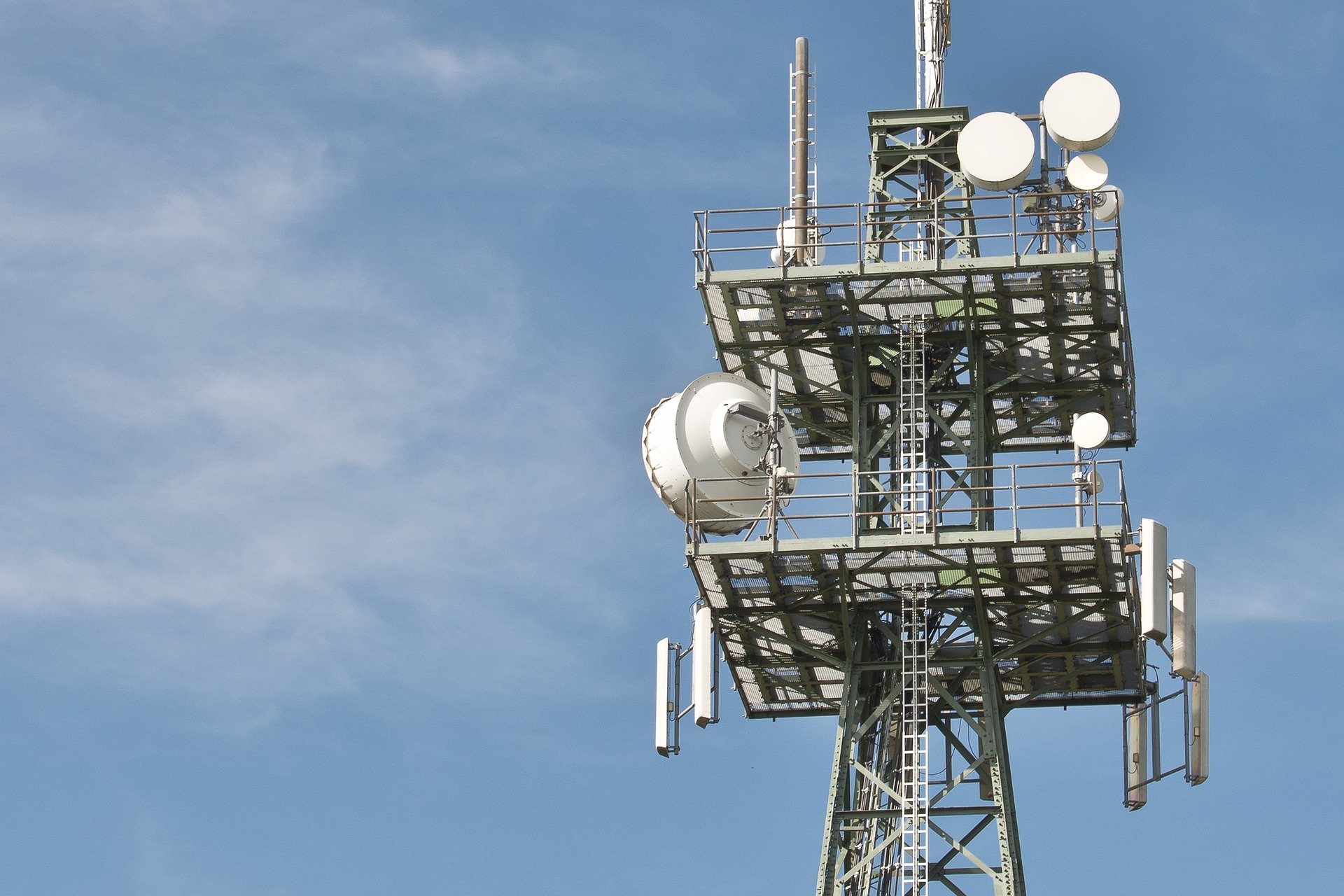 Philippe Barbe
Philippe Barbe

|
Bottlenecksby Philippe Barbe
20 Jan 2021
|
Part 11 of 20 in a series examining the interplay of Data Science, AI, the media and advertising.
In Part 10 we examined how the edited media industry is mired in legacy processes that don’t scale, unable to compete with its unedited and purely digital competitors. This state of affairs has dire consequences for the future of the traditional media if they don’t change how they do business. The traditional media’s strategy thus far has been to fight, in effect, against the fragmentation we have discussed, by trying to consolidate audience. This strategy simply doesn’t align with what technology can do, the opportunities that new and future technology will offer, the needs of advertisers, nor what consumers are looking for. It has failed, is failing and will fail.
A Bigger Pipe
The broadcasting segment of the industry is a striking example of this lack of alignment. One specific area is related to the technology that enables digital broadcasting.
Signals emanating from broadcasting towers dissipate over distance or are absorbed by obstacles thus requiring multiple towers to cover a large area. Unavoidably, some towers cover the same area creating interference with each other’s signals that are on the same frequency. Broadcasting on multiple, different frequencies helps broadcasters avoid this interference but requires that they purchased more frequencies to implement this solution.
Progress in areas such as GPS, time measurement, and digital standards has enabled creation of “single frequency networks” which can carry a signal on a unique frequency and yet avoid interference. Consequently, since broadcasters own frequency ranges, they can now broadcast multiple signals when they could not few years ago. Put differently, the technology has created a much “bigger pipe” for signals to be transmitted.
This technology advance has far reaching implications beyond just the improved video quality that comes with a “bigger pipe” carrying more data and eliminating the quality lost due to the compression needed for a signal to travel in the current smaller pipe.
Data delivery opportunity
Like all media, broadcasting is a “one-to-many, one-way” communication. Given this fact, the transmission of digital signals from their towers opens up a whole new world of opportunities for broadcasters.
One such opportunity lies in the explosion of connected devices in our homes, cars, businesses… the Internet of Things, where every device contains sensors and computer chips. These devices all require software to function and software updates to keep running.
A broadcaster could delivery updates to these devices over their digital broadcast networks… a “one-to-many, one-way” communication of data. This process has already been tested by a broadcaster to update the software in a moving car.
True, this can also be done via downloading though the internet, especially with fast 5G networks, but broadcasting is extraordinarily inexpensive, requiring very little infrastructure compared to the internet.
And, while the 5G network promises a significant increase in capacity of transmission, as billions more connected objects join the network, the bandwidth will saturate necessitating some new technology. In the meantime, one-way digital broadcasting to these devices could alleviate the load on the internet.
The most common connected device, cell phones, have chips to receive “one-to-many, one-way” broadcast signals. Broadcasters could send software updates, emergency notifications, traffic updates… whatever may be of interest to those within the reach of their antenna. Again, since this broadcast offers only a one-way communication it doesn’t replace the internet but can make it more efficient and provide many of the same services at a lower cost.
It is quite possible that broadcasting could decouple somewhat from the media industry as we know it now as it embraces new ways of leveraging their infrastructure assets.
Business-wise, this would mean that broadcasters will need to deal not only with their existing eco-system of advertisers, audience and content creators but with totally new lines of business related to the internet of things, or more generally data broadcasting. Should that happen, they will need much more agile and efficient business processes than their current ones.
Addressable delivery
The other key aspect of being able to send multiple digital signals is that it will be possible to send different signals to different receivers, for instance segmenting them by IP addresses.
In a large city like New York it becomes possible to carve out specific time for hyper local programming that would talk about the new of the neighborhood where the receiver lives. In effect, a single television station has the possibility to become 20 or 30 or 50 “stations” when it wants to.
Instead of the 1,700 full power commercial TV stations in the US, we could well see more than 50,000 hyper-local stations!
A full power station could replace a single advertising slot priced at $100,000, with 20 local ones, each priced at a much more affordable $10,000, and yet double its revenue!
Additionally, advancements in chroma key compositing (the ability to layer two images based on contours) and increases in computing power make it possible for different advertisements to be inserted in the content according to IP addresses. If someone is watching a movie in which someone goes to a Mercedes dealership to buy a car, the dealership shown in that specific viewer’s version of the movie could become their nearest Mercedes dealer. In a live event, such as a football game, billboards around the stadium could be replaced in that viewer’s version of the game by billboards featuring a more local business.
The challenges
All this may sound like science fiction but the technical capability already exists. Why are we not seeing it?
Data broadcasting, the broadcasting of pure data and software for machines, is a too new a market. Infrastructure investment is needed by the manufacturers of connected items, the business processes are to be invented, minds need to grasp the full potential of the technology. On the more traditional broadcasting of content for people to watch and listen, there are two main problems which apply to both the traditional edited broadcast and print media as follows:
How to create and curate content?
If television stations offered hyper local news they still face the challenge of not being profitable enough to employ full time journalists at the neighborhood level. Certainly high quality user-generated content, sometimes produced by aspiring journalists, is an option but how would they profitably manage the content market and curation process?
How to scale the business process?
Do the math and the current capacity of 30 second commercial spots is about 300,000 per year for a single television station. Hyper-local television could easily triple that to 1 million.
The complex negotiations involved in the buying of content and selling of air time that we discussed in Part 10, make it impossible for broadcasters to handle such an increase. Even if they were to multiply their sales force, the current system for contracting and executing advertising would be overwhelmed trying to manually manage so many spots, let alone do it in a profitable manner. Even the currently automated systems they have can’t manage so many commercial spots at once.
On the advertisers’ side, while multiplying the number of possible media outlets is desirable in terms of audience targeting, there is no good planning and execution system to manage even the array of outlets that are currently available. Thirty times that number would simply be completely unworkable in practice.
The technology offers amazing possibilities that cannot be realized because the business is stuck with legacy processes and supporting technology that make evolution impossible.
Conclusion
Does it means that the traditional media are bound to die? Not necessarily. But, they must evolve to stay relevant.
The uphill battle for TV applies more or less to all forms of media. The fight for audience that every media is fighting at near constant business process is contrary to history, contrary to what advertisers want, contrary to what technological evolution makes possible, contrary to their own interest, and contrary to the social good that plurality of opinions and access to information represent.
Beyond the purely economic and business terms we’ve discussed, as a free society we place a value on having a free press that offers a plurality of opinions. Survival of traditional media isn’t only good for the business of the industry, it is also a reflection on our own values, on who we are, on what sort of society we want to live in. Do we want to be dominated by large monopolies, or not? Do we want to be informed on what is going on in our local community, or not?
A more promising path is to acknowledge the reality, push toward even more fragmentation and segmentation, and leverage the technology, not to fundamentally change the business process, but to scale it.
How to do this is the subject of the subsequent articles.